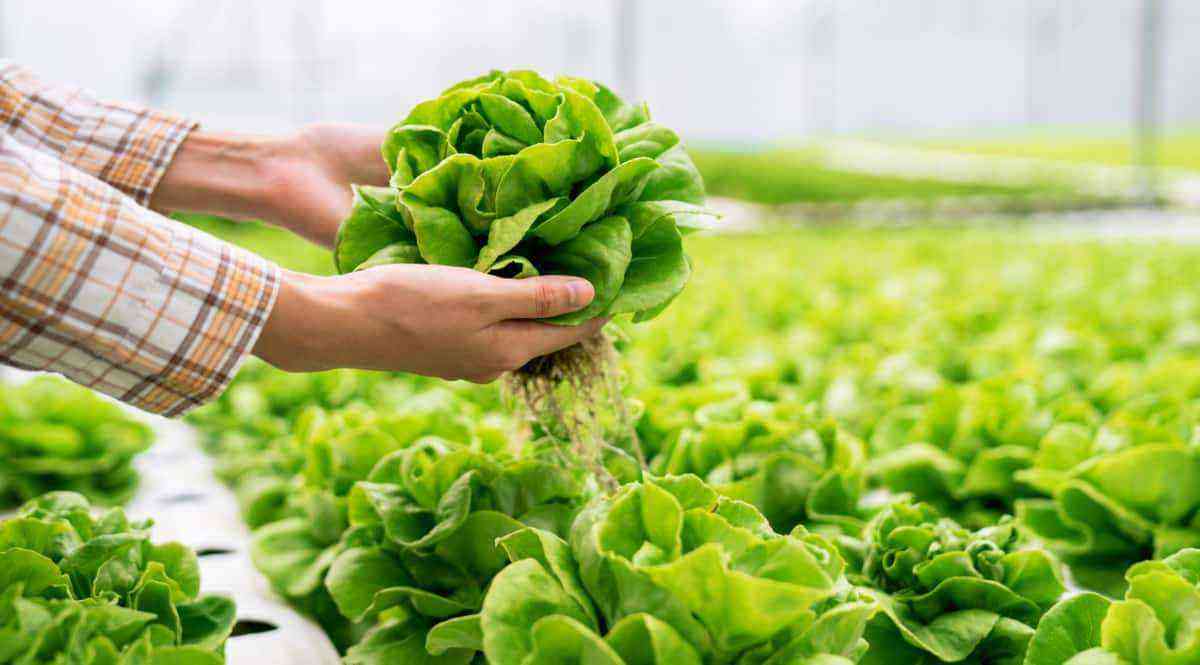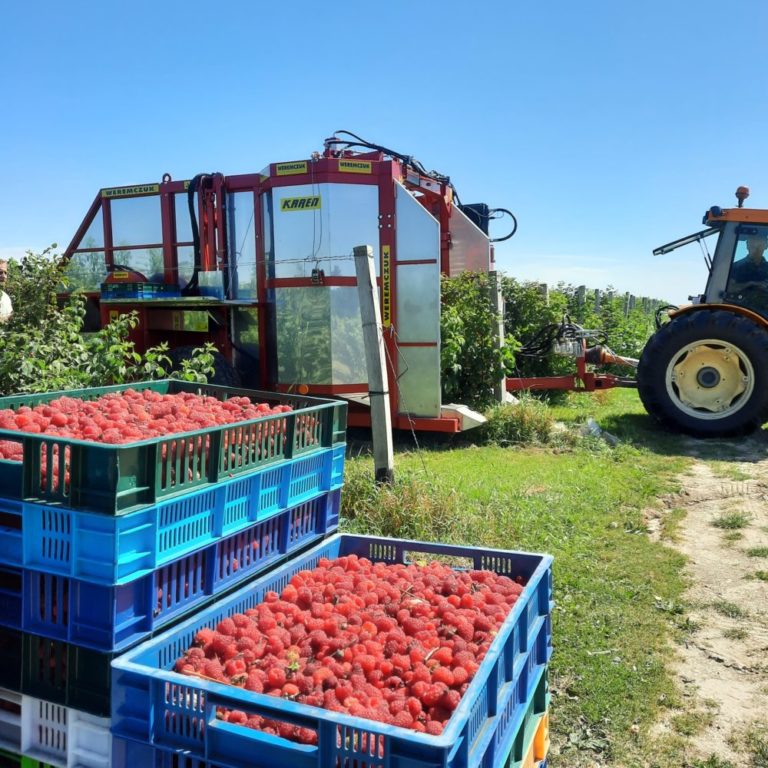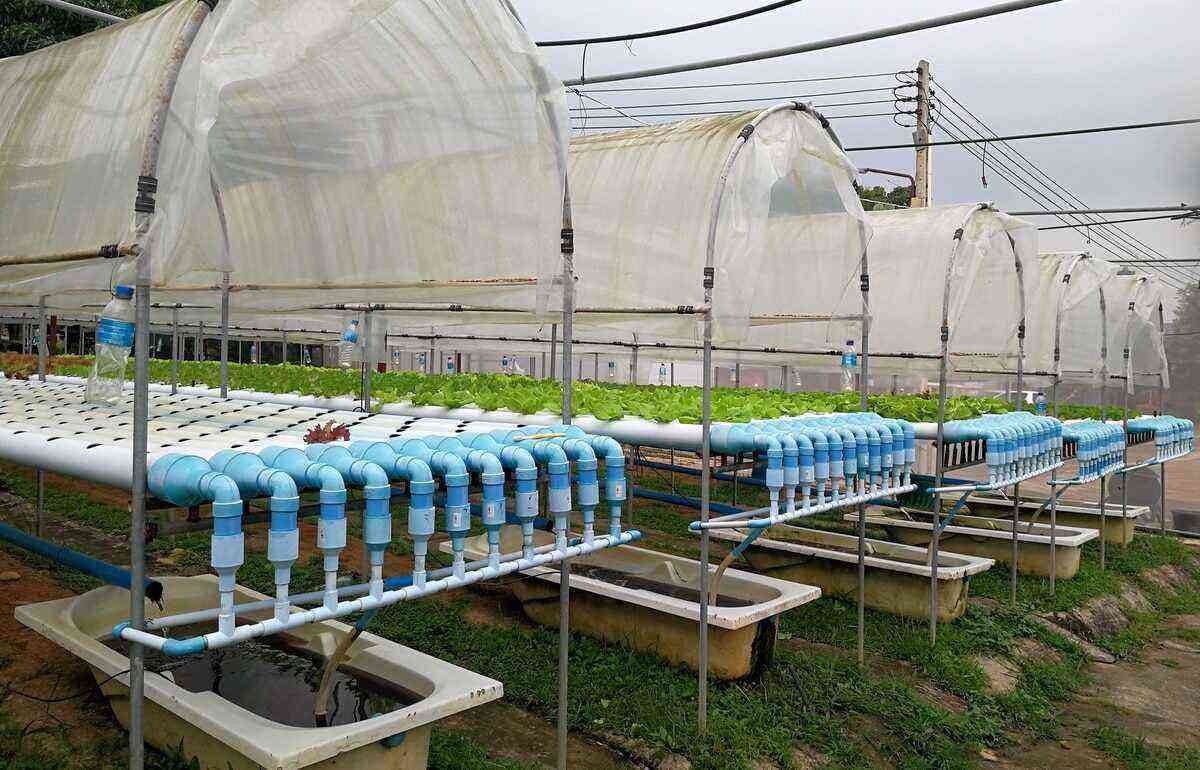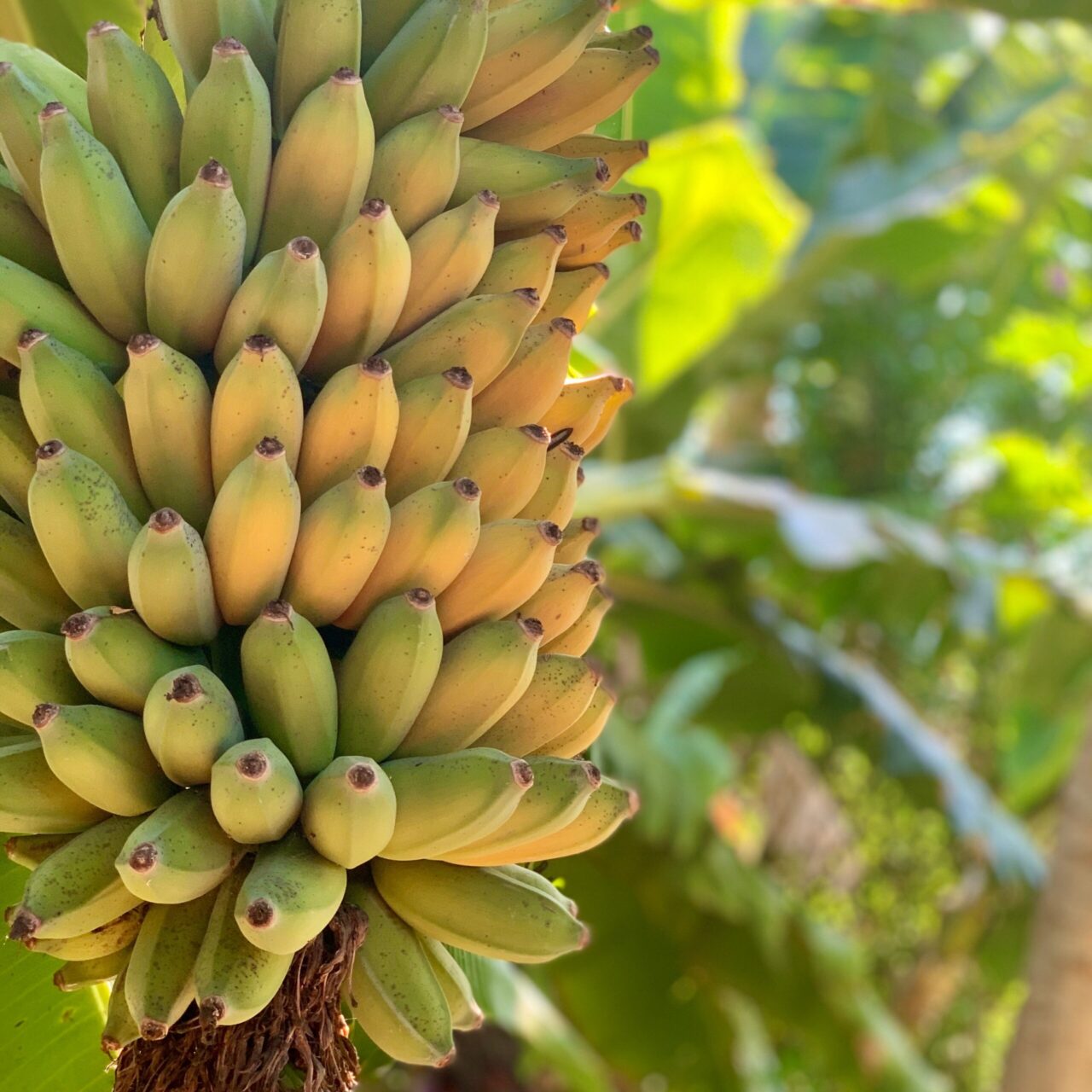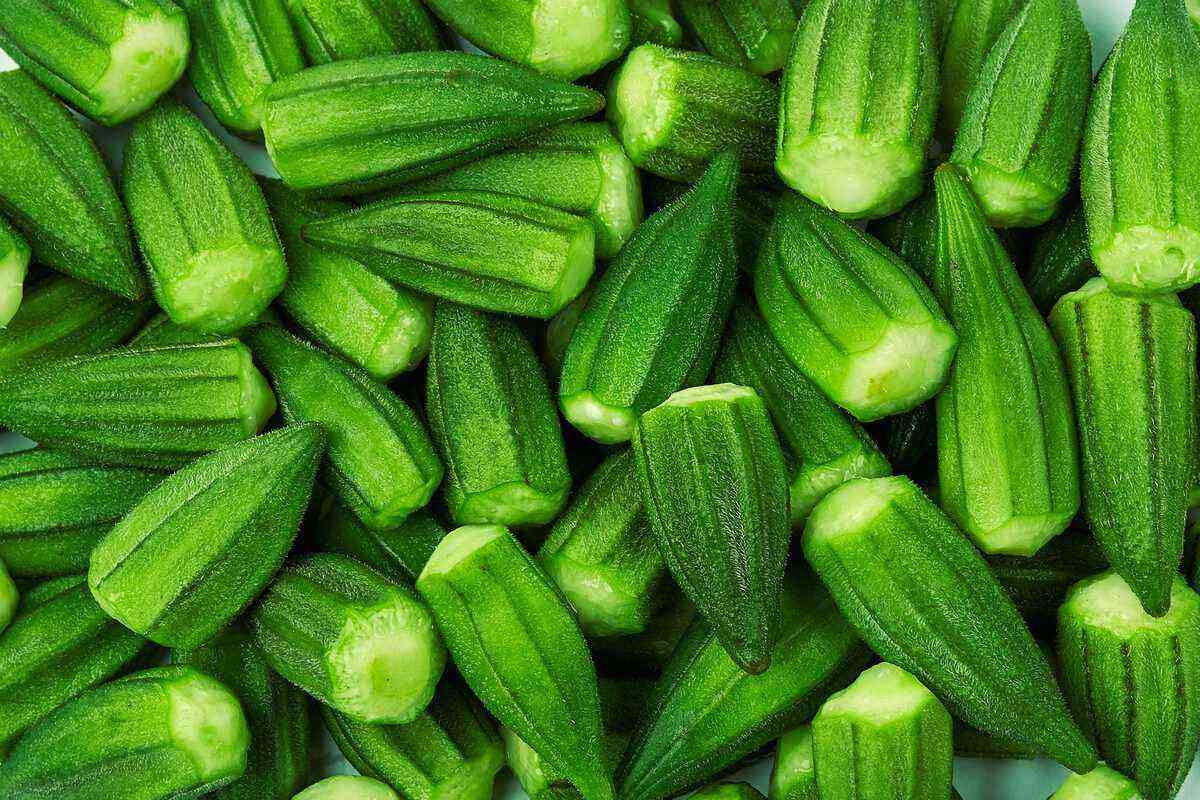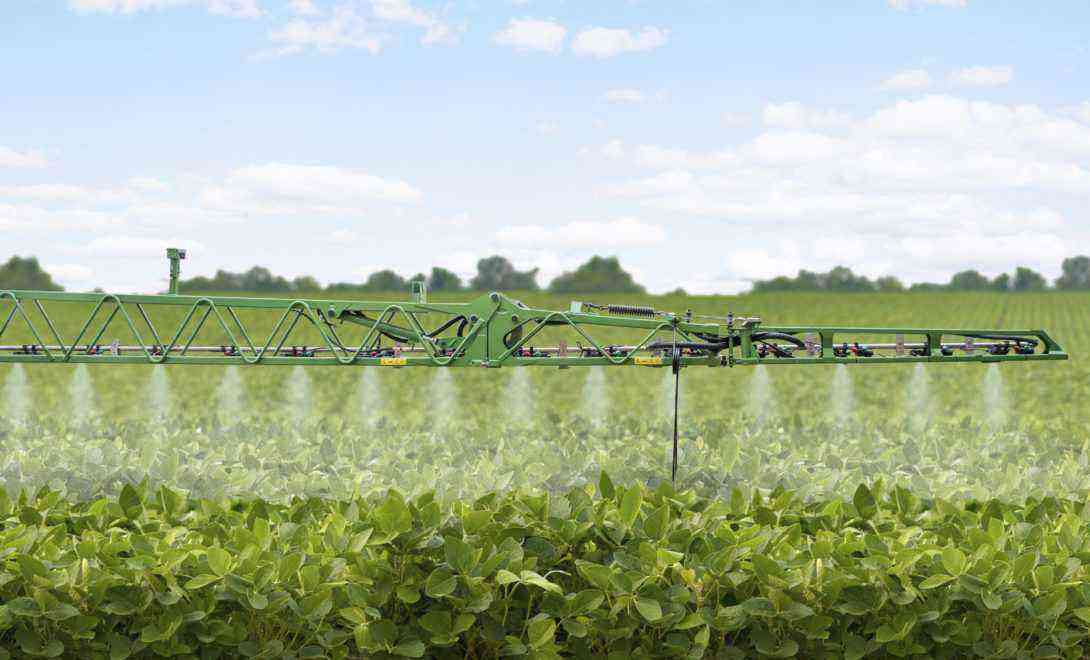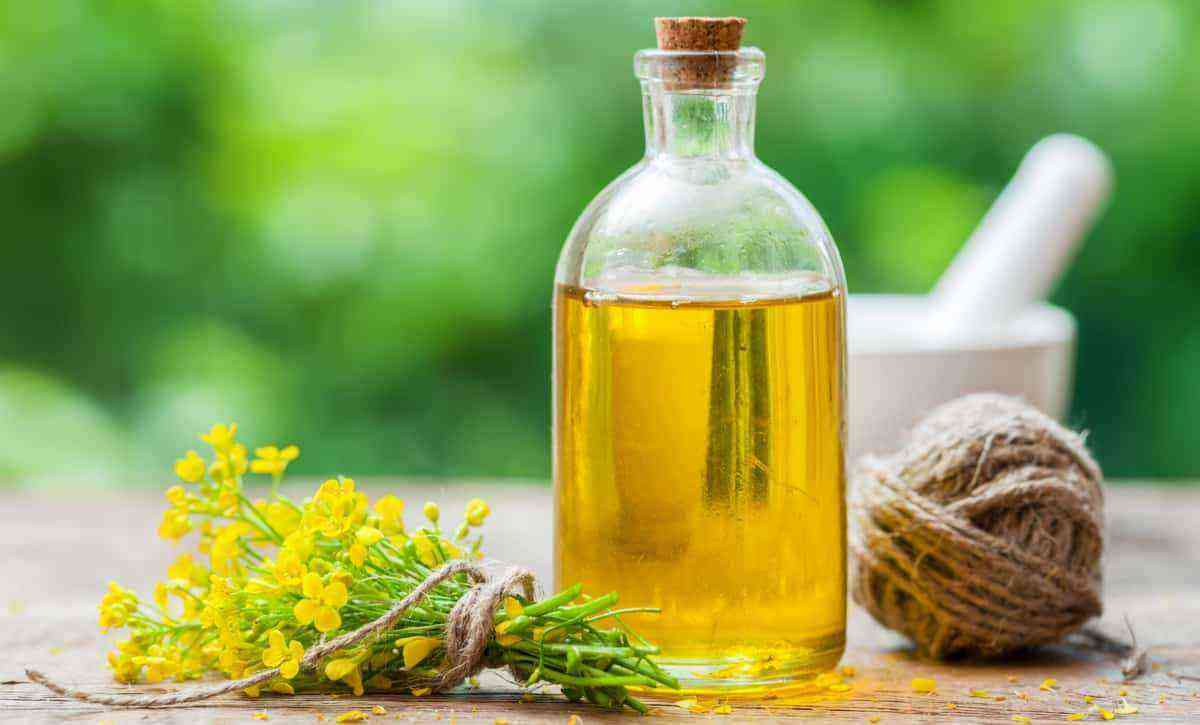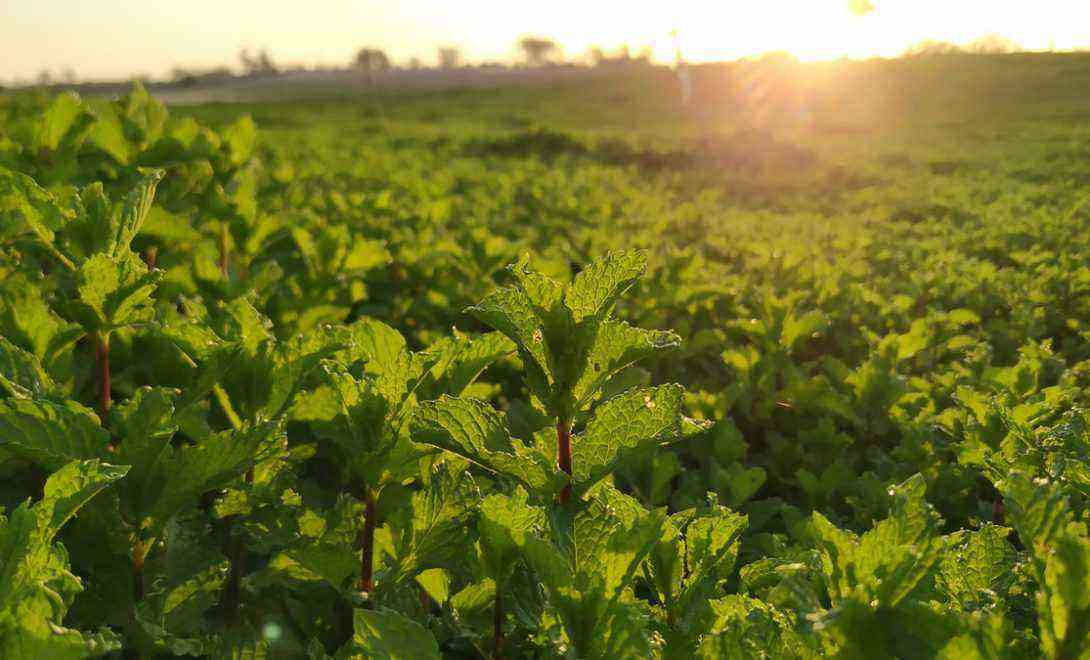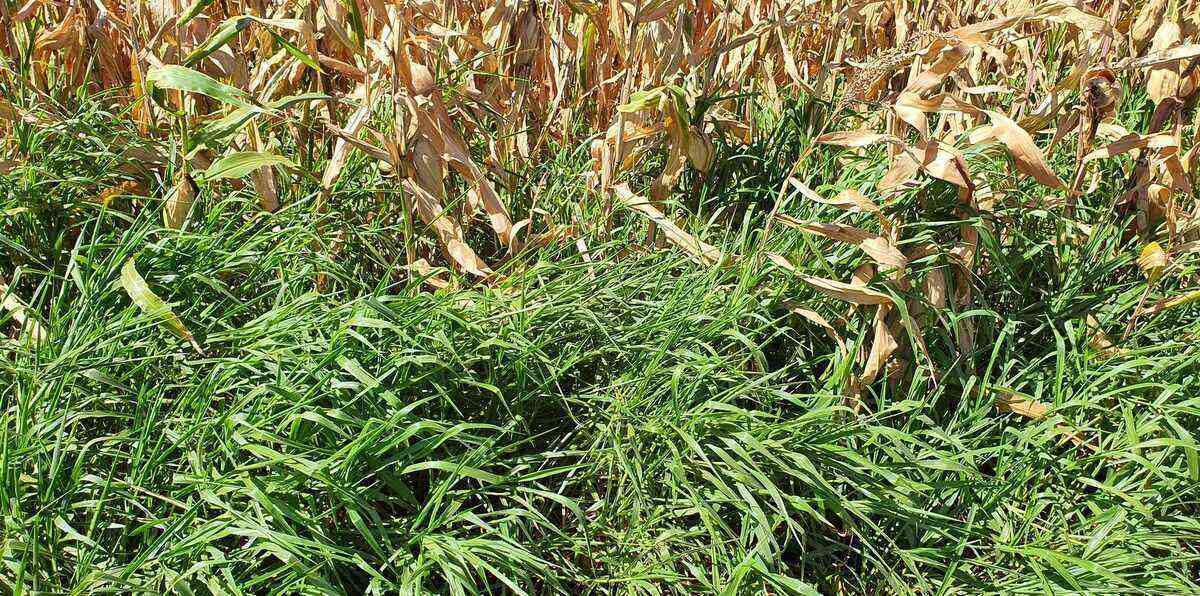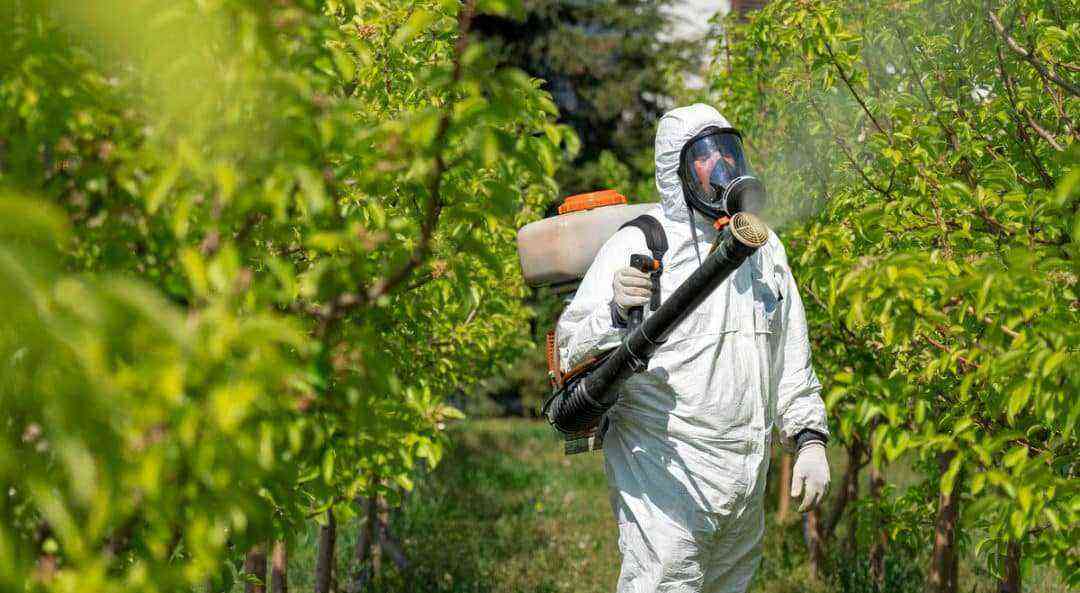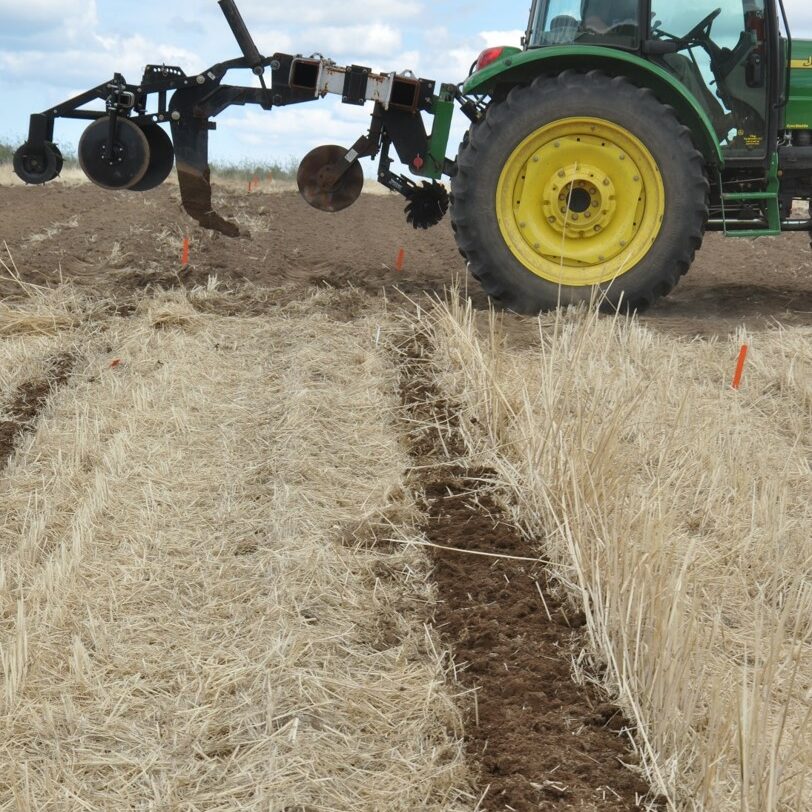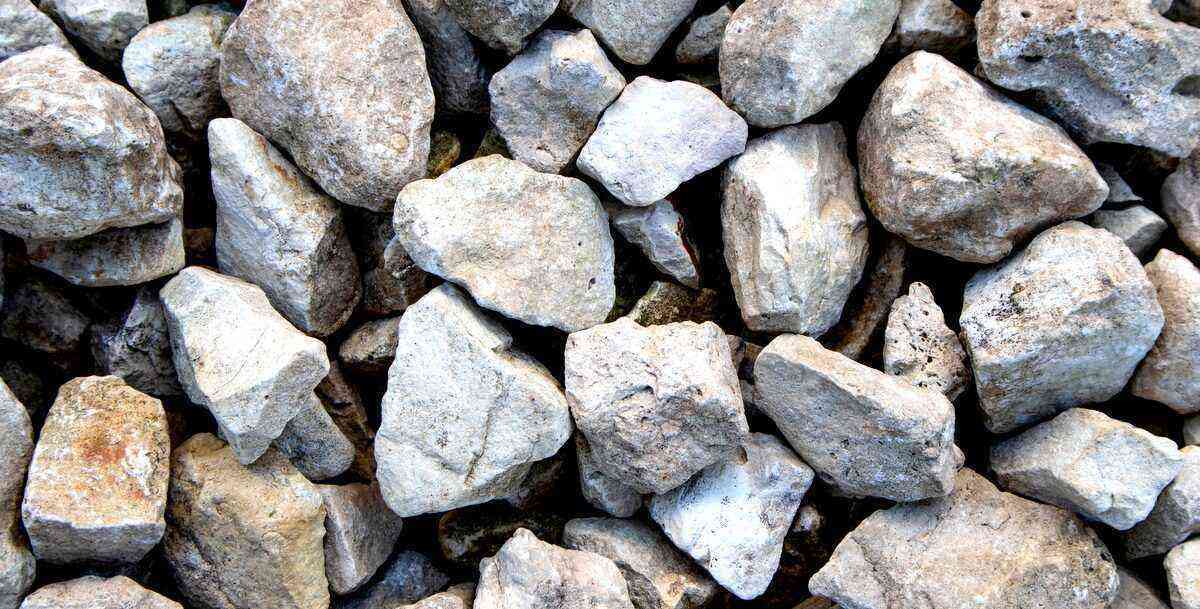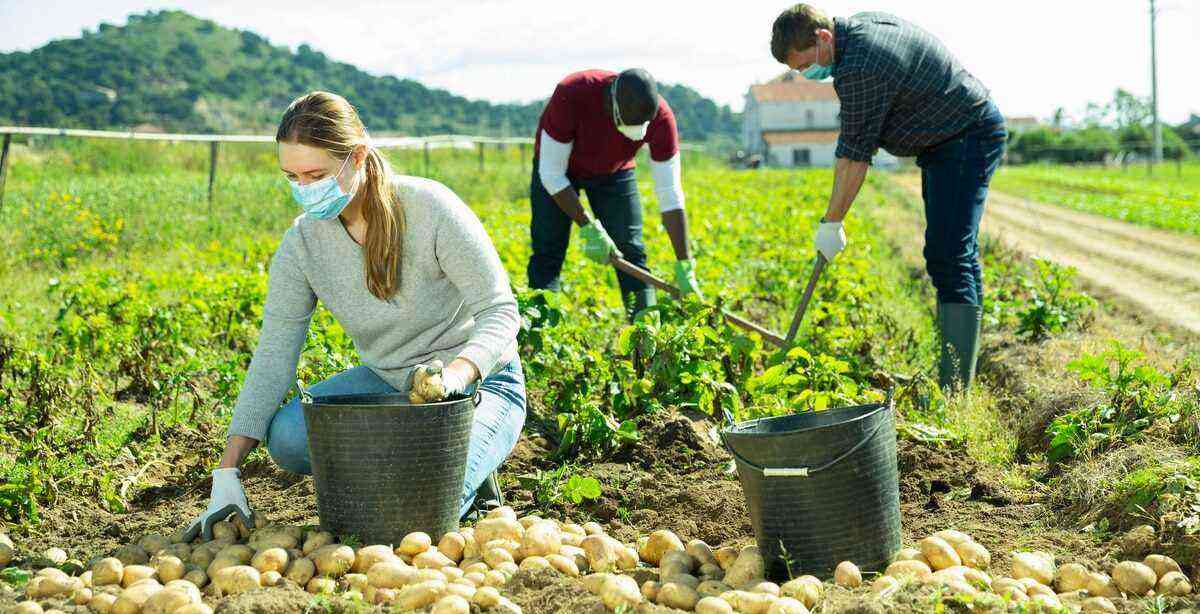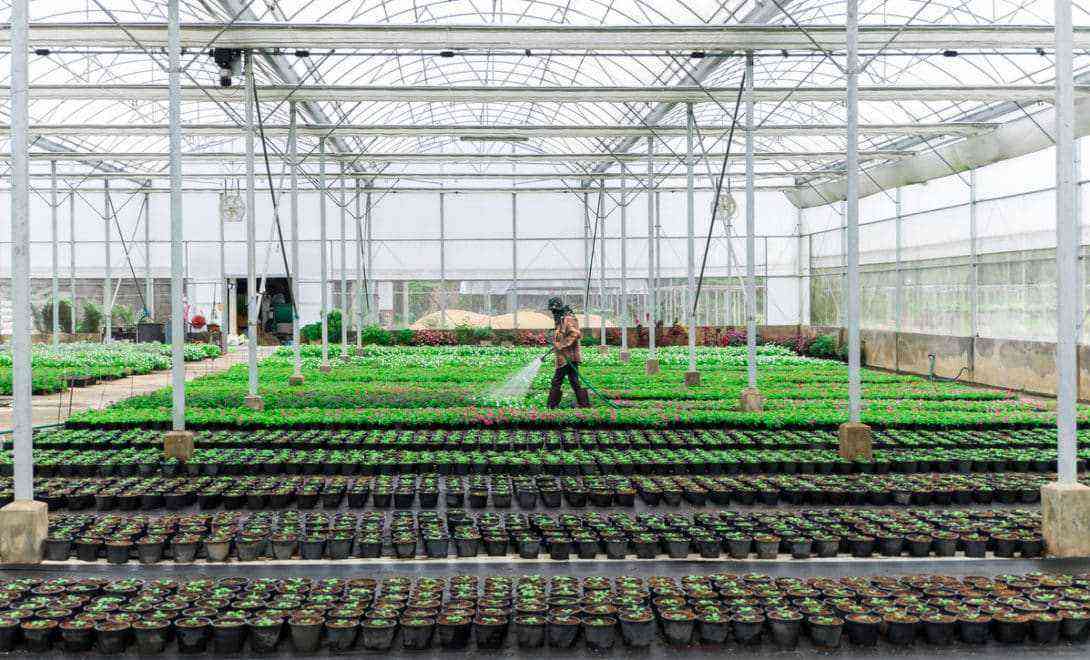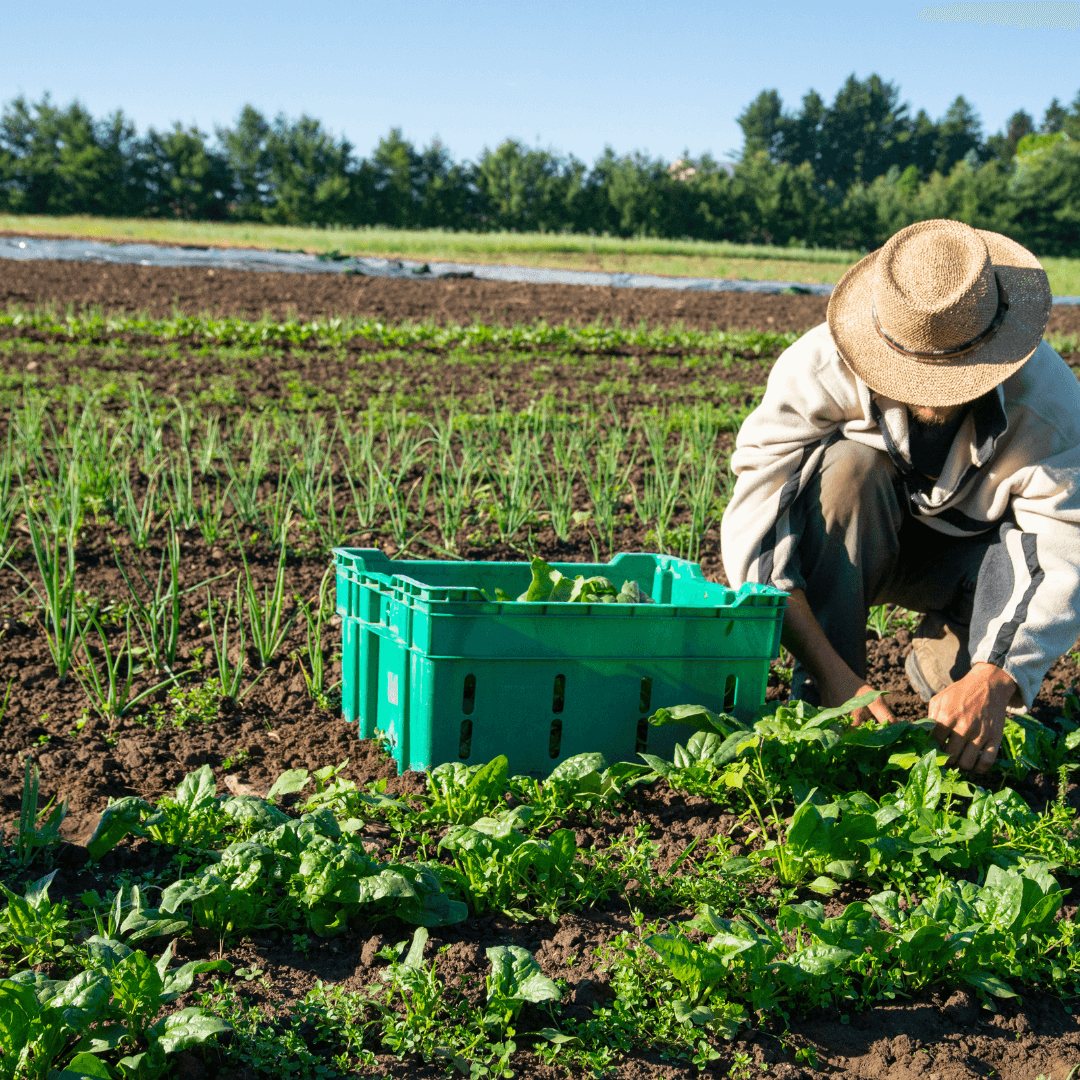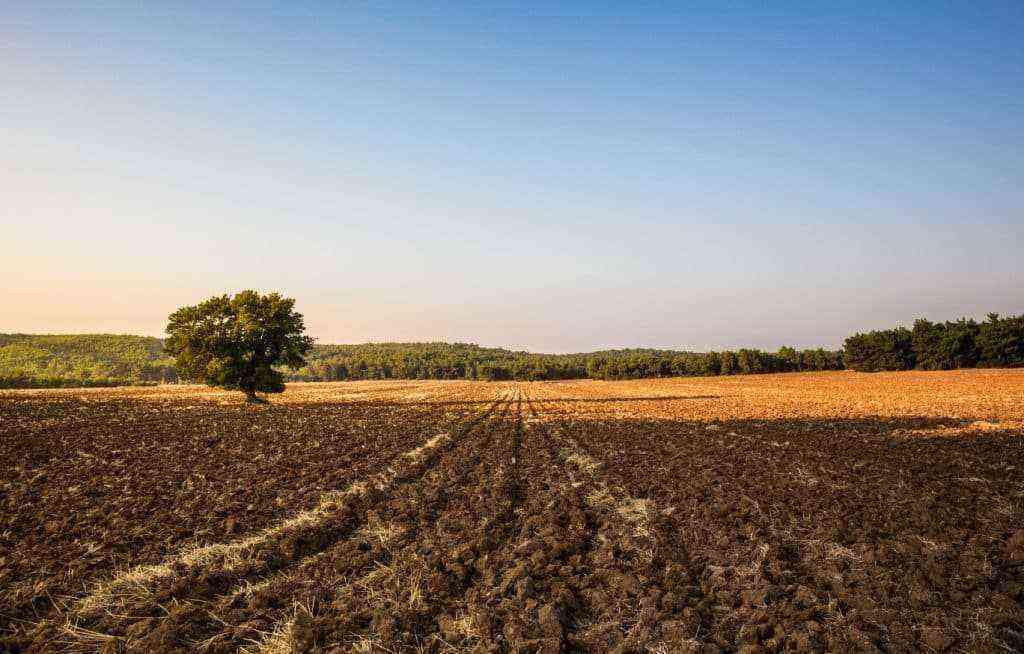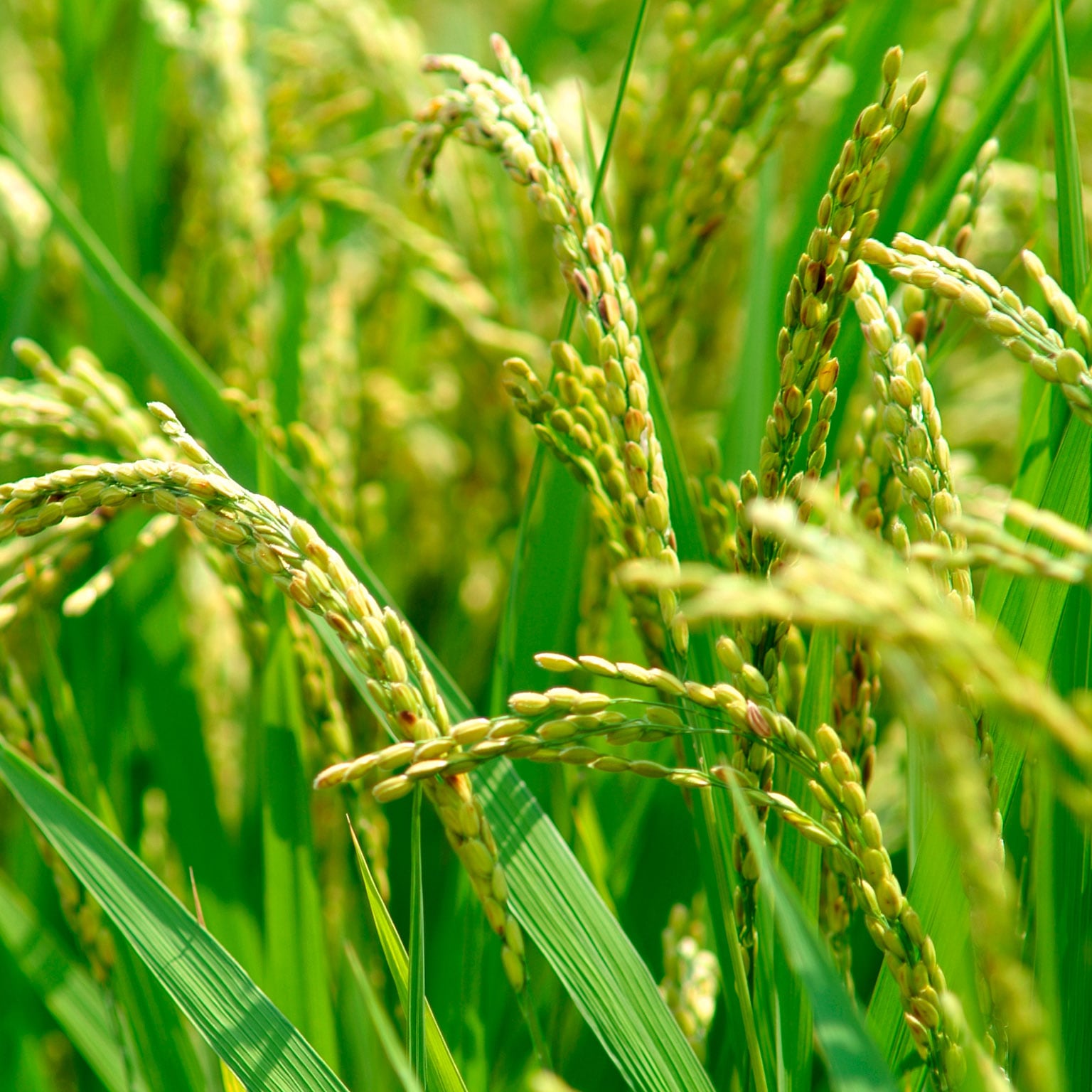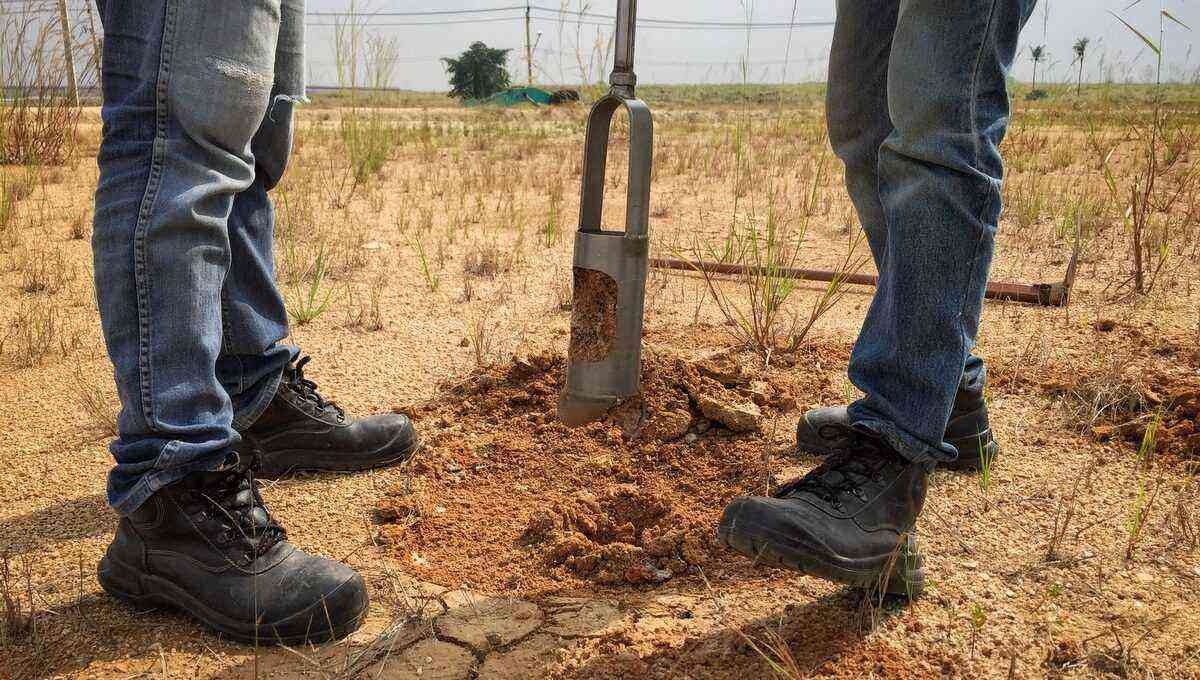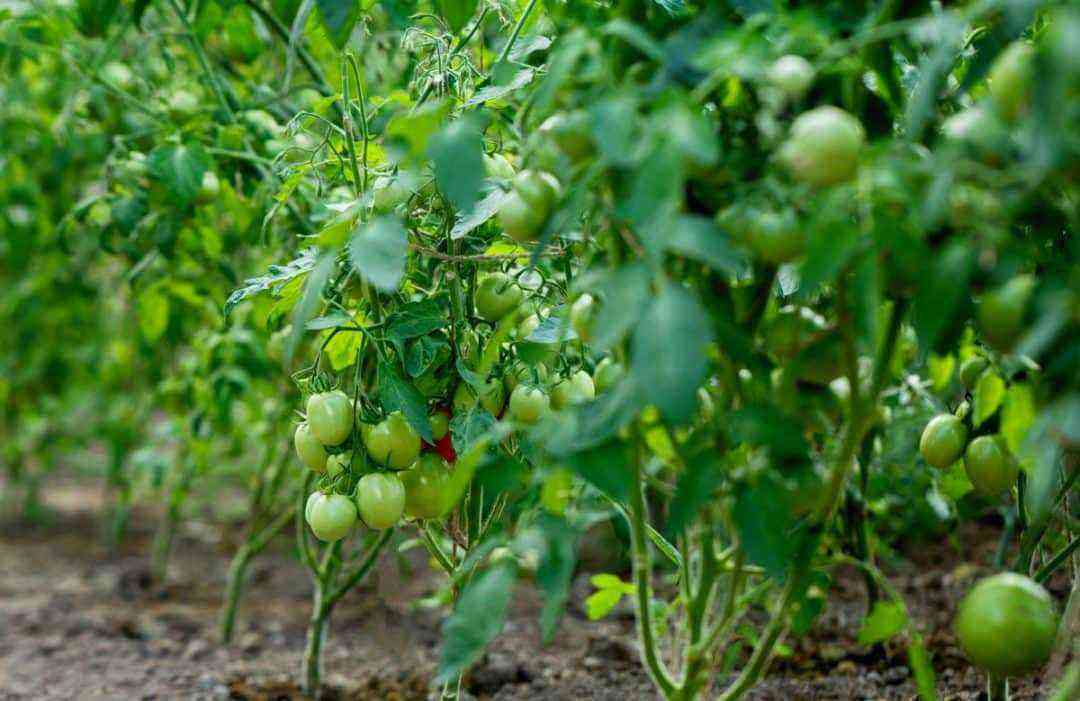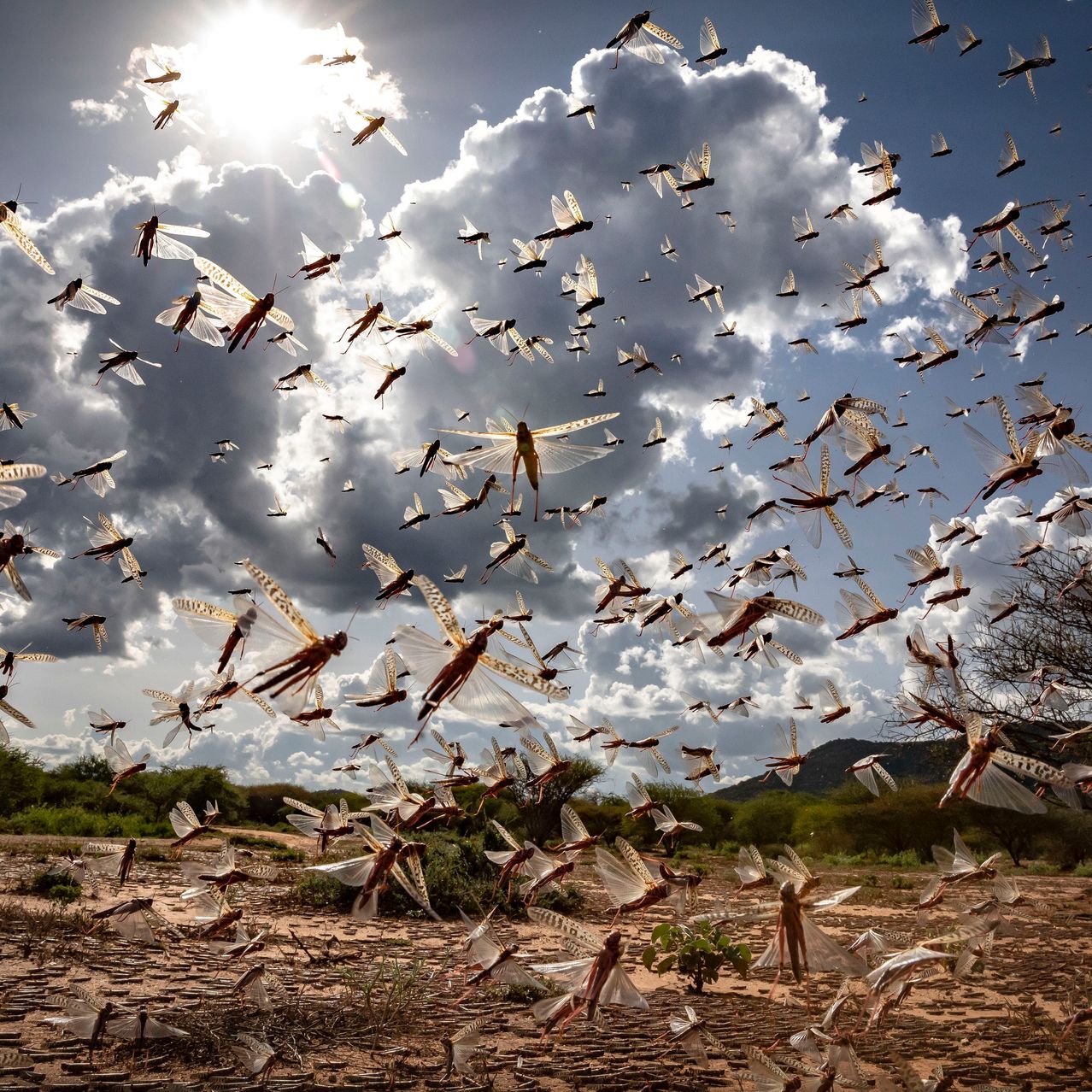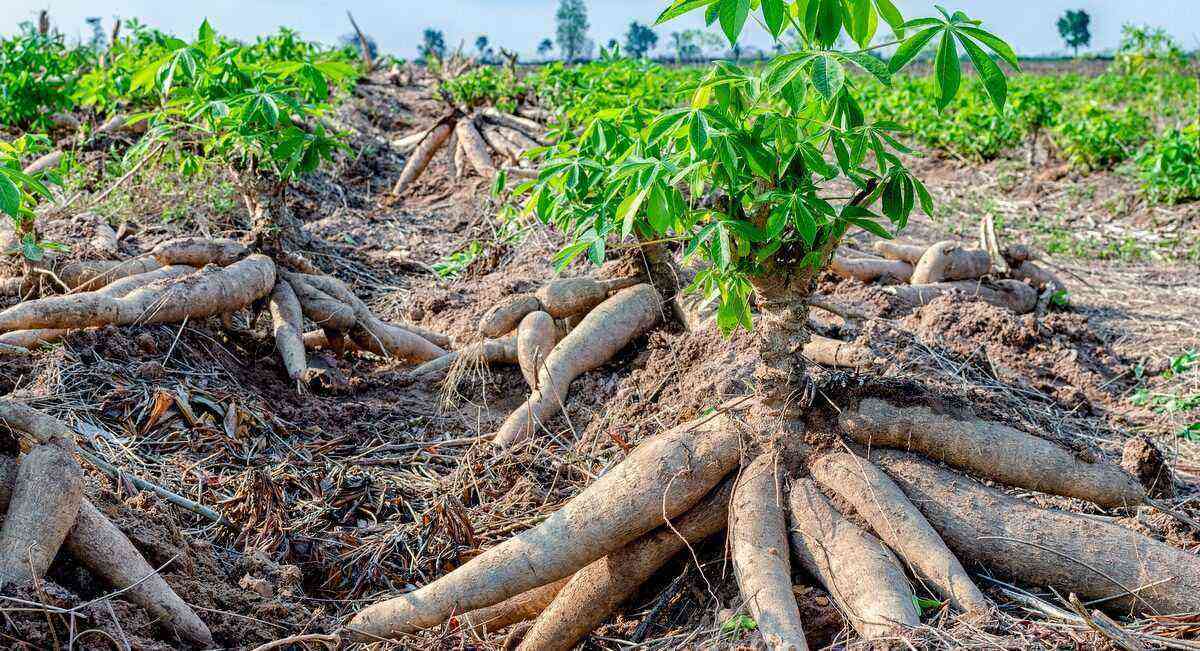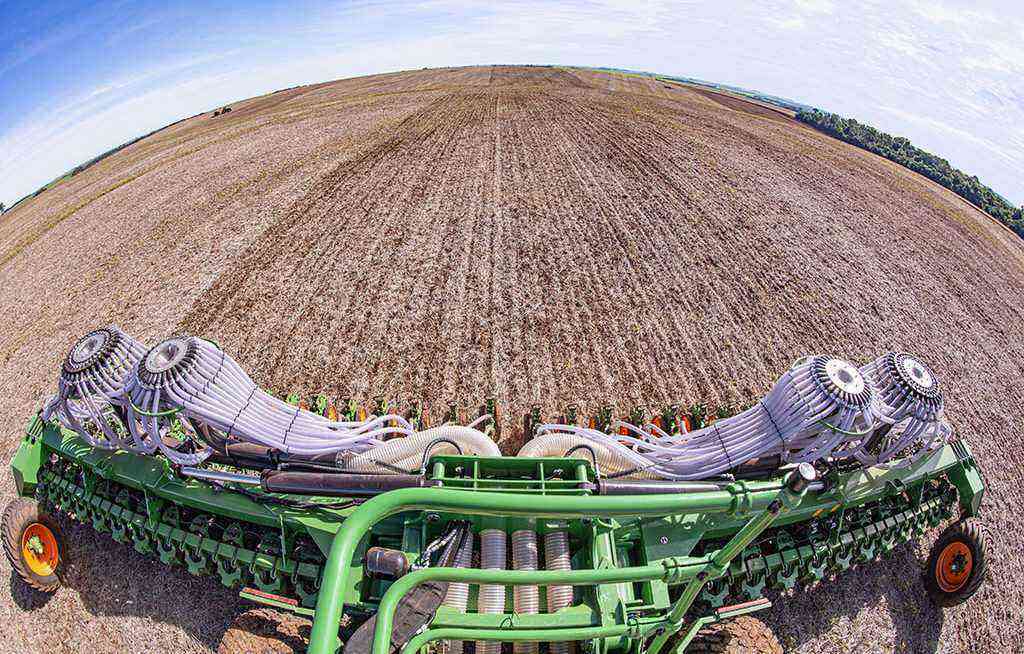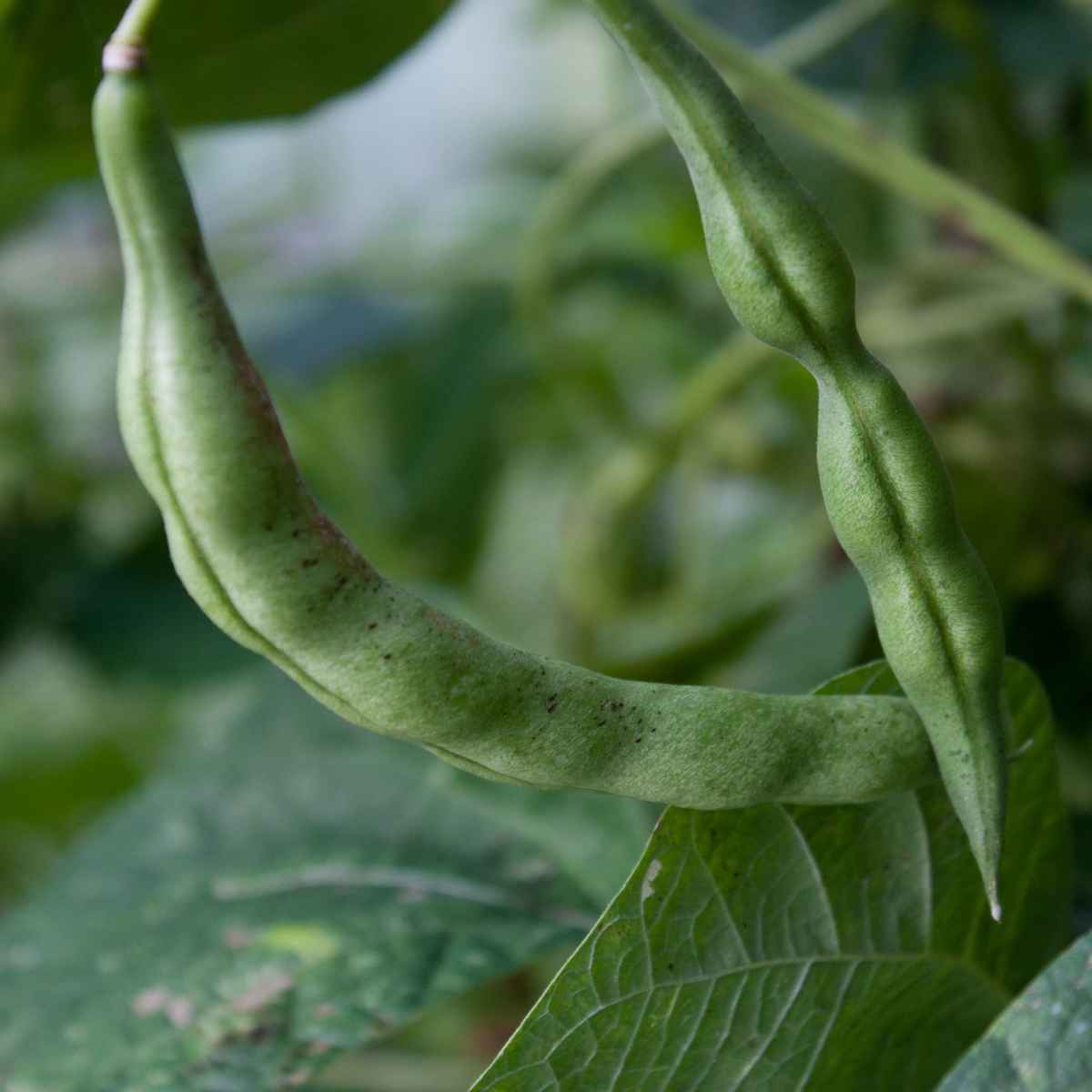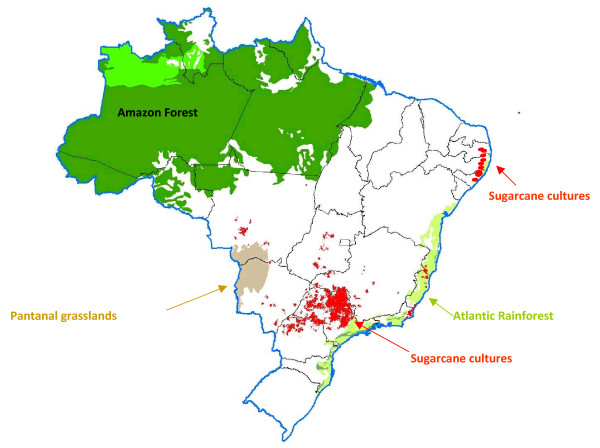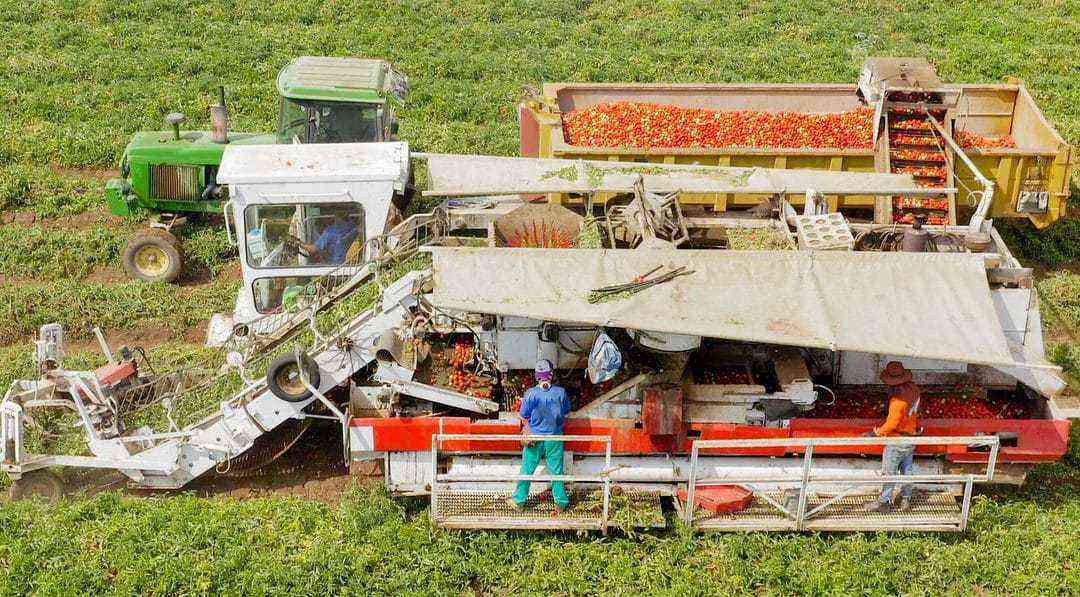Healthy and sustainable, the culture of organic food is gaining more and more preference and space in the consumer market and consequently its production grows in rural areas.
With annual growth of around 30%, this activity has proved to be a practical and more profitable alternative for small and medium-sized producers.
For the production and marketing of “organic foods”, whether of plant or animal origin, the producer must meet specific standards for this purpose, among which we list some basic requirements:
– No use of chemicals, mainly synthetics, in plant fertilization, pest control and animal feeding. Everything must be made from organic products, such as grain and vegetable bran. Specifically regarding fertilizers, use a fermented mixture of grain bran and soil, called “bokashi”.
– Responsible use of natural resources: rational control of land use with good practices of crop rotation, maintenance of water sources with preservation and maintenance of beds and springs, and the reuse of straw, manure and other waste form the set that naturally maintains the conditions of production of products organic.
– Obtaining certification of “organic products” is necessary for the free commercialization of these products. This certification is obtained through an audit carried out and monitored by the Agroecology Coordination of the Secretariat for Agricultural Development and Cooperatives, of the Ministry of Agriculture.
See also: The growth of the organic products market in Brazil
